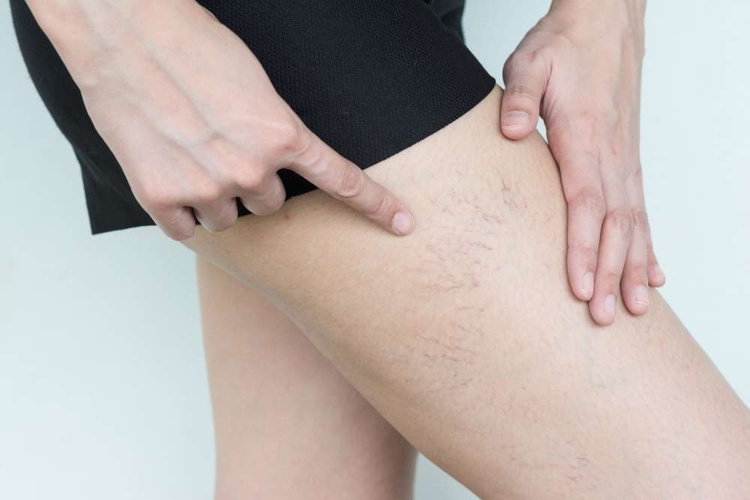Understanding Dermatofibroma: Signs, Causes, and Awareness
Dermatofibromas are common, benign skin growths that often appear as small, firm bumps on the skin. These lesions, while generally harmless, can sometimes cause concern due to their appearance. Understanding the nature of dermatofibromas, their signs, and potential causes can help individuals better recognize and manage these skin growths. This article delves into the world of dermatofibromas, exploring their characteristics, possible origins, and when it might be necessary to seek medical attention.

What is a Dermatofibroma?
A dermatofibroma is a benign tumor that develops in the deeper layers of the skin, specifically in the dermis. These growths are typically small, ranging from 3 to 10 millimeters in diameter, and are characterized by their firm, round shape. Dermatofibromas are composed of a mixture of fibroblasts (cells that produce collagen) and histiocytes (immune cells), which give them their distinctive texture and appearance. While they can occur anywhere on the body, dermatofibromas are most commonly found on the legs, arms, and trunk.
What are the Common Signs and Appearance of Dermatofibromas?
Dermatofibromas have several distinguishing features that set them apart from other skin growths:
-
Color: They often appear as brown, reddish-brown, or pink bumps on the skin.
-
Texture: The lesions are typically firm to the touch and may feel like a small pebble under the skin.
-
Size: Most dermatofibromas are small, usually less than 1 centimeter in diameter.
-
“Dimple sign”: When pinched gently, the center of a dermatofibroma may dimple inward, which is a characteristic sign.
-
Stability: These growths tend to remain stable in size over time, unlike some other skin lesions that may grow or change rapidly.
It’s important to note that while these are common characteristics, the appearance of dermatofibromas can vary among individuals.
What are the Possible Causes and Risk Factors for Dermatofibromas?
The exact cause of dermatofibromas remains unclear, but several factors have been associated with their development:
-
Minor skin injuries: Insect bites, splinters, or small cuts may trigger the formation of dermatofibromas in some cases.
-
Hormonal influences: Women are more likely to develop dermatofibromas, suggesting a possible hormonal component.
-
Immune system factors: Some researchers believe that dermatofibromas may be related to an overgrowth of cells in response to an unknown stimulus, possibly involving the immune system.
-
Genetic predisposition: While not definitively proven, there may be a genetic component that makes some individuals more susceptible to developing these lesions.
It’s worth noting that dermatofibromas are not contagious and are not caused by poor hygiene or lifestyle factors.
How are Dermatofibromas Diagnosed and Treated?
Diagnosis of dermatofibromas is typically straightforward and can often be done through a visual examination by a dermatologist. The characteristic appearance and the “dimple sign” are usually sufficient for an experienced healthcare provider to make a diagnosis. In some cases, a dermoscopy (a non-invasive examination using a special magnifying tool) may be used for a closer look.
Treatment for dermatofibromas is generally not necessary unless they cause discomfort or are cosmetically bothersome. Since these growths are benign, they don’t pose a health risk. However, if treatment is desired, options may include:
-
Cryotherapy: Freezing the lesion with liquid nitrogen.
-
Surgical excision: Removing the dermatofibroma surgically.
-
Laser therapy: Using specific types of lasers to reduce the appearance of the lesion.
It’s important to consult with a dermatologist to discuss the most appropriate treatment option, as each method has its own set of considerations and potential outcomes.
When Should You Seek Medical Attention for Dermatofibromas?
While dermatofibromas are generally harmless, there are certain situations where it’s advisable to consult a healthcare professional:
-
Rapid growth or changes in size, shape, or color of an existing lesion.
-
Development of multiple new dermatofibromas in a short period.
-
Pain, itching, or bleeding associated with the growth.
-
Uncertainty about the nature of a skin growth.
-
Cosmetic concerns or discomfort that affects daily activities.
A dermatologist can provide a proper evaluation, confirm the diagnosis, and offer guidance on management or treatment options if necessary. Regular skin self-examinations and annual check-ups with a dermatologist are recommended for overall skin health and early detection of any concerning changes.
Understanding dermatofibromas and their characteristics can help alleviate concerns and promote appropriate skin care. While these benign growths are generally nothing to worry about, being aware of their signs and knowing when to seek medical attention contributes to overall skin health awareness.
This article is for informational purposes only and should not be considered medical advice. Please consult a qualified healthcare professional for personalized guidance and treatment.




